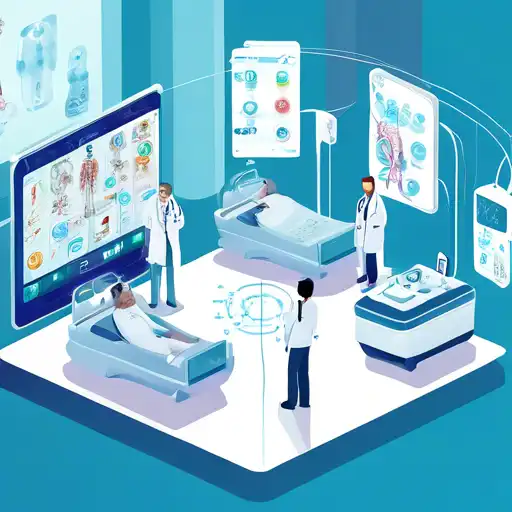Introduction to IoT in Healthcare
The Internet of Things (IoT) is transforming the healthcare industry by enabling smarter, more efficient, and personalized patient care. This technology connects devices and systems, allowing for real-time monitoring and data analysis, which can significantly improve patient outcomes and reduce costs.
Key Benefits of IoT in Healthcare
IoT offers numerous advantages in healthcare, including:
- Remote patient monitoring, reducing the need for hospital visits
- Improved accuracy in diagnostics through advanced data analytics
- Enhanced patient engagement and satisfaction
- Streamlined operations and reduced healthcare costs
Examples of IoT in Healthcare
Several innovative applications of IoT are already making a difference:
- Wearable devices that monitor vital signs in real-time
- Smart pills that track medication adherence
- Connected inhalers for asthma patients
- Robotic surgery assisted by IoT devices
Challenges and Considerations
Despite its benefits, IoT in healthcare faces challenges such as data security and privacy concerns, the need for interoperability among devices, and the high cost of implementation. Addressing these issues is crucial for the widespread adoption of IoT technologies.
The Future of IoT in Healthcare
The potential of IoT in healthcare is vast, with future advancements expected to bring even more innovative solutions. From AI-powered diagnostics to fully integrated healthcare ecosystems, IoT is set to revolutionize the way we approach health and wellness.
For more insights into how technology is shaping the future of healthcare, explore our technology trends section.
Conclusion
IoT in healthcare is indeed a game-changer, offering unprecedented opportunities to enhance patient care, improve operational efficiency, and reduce costs. As technology continues to evolve, the integration of IoT in healthcare will undoubtedly deepen, paving the way for a healthier future.
